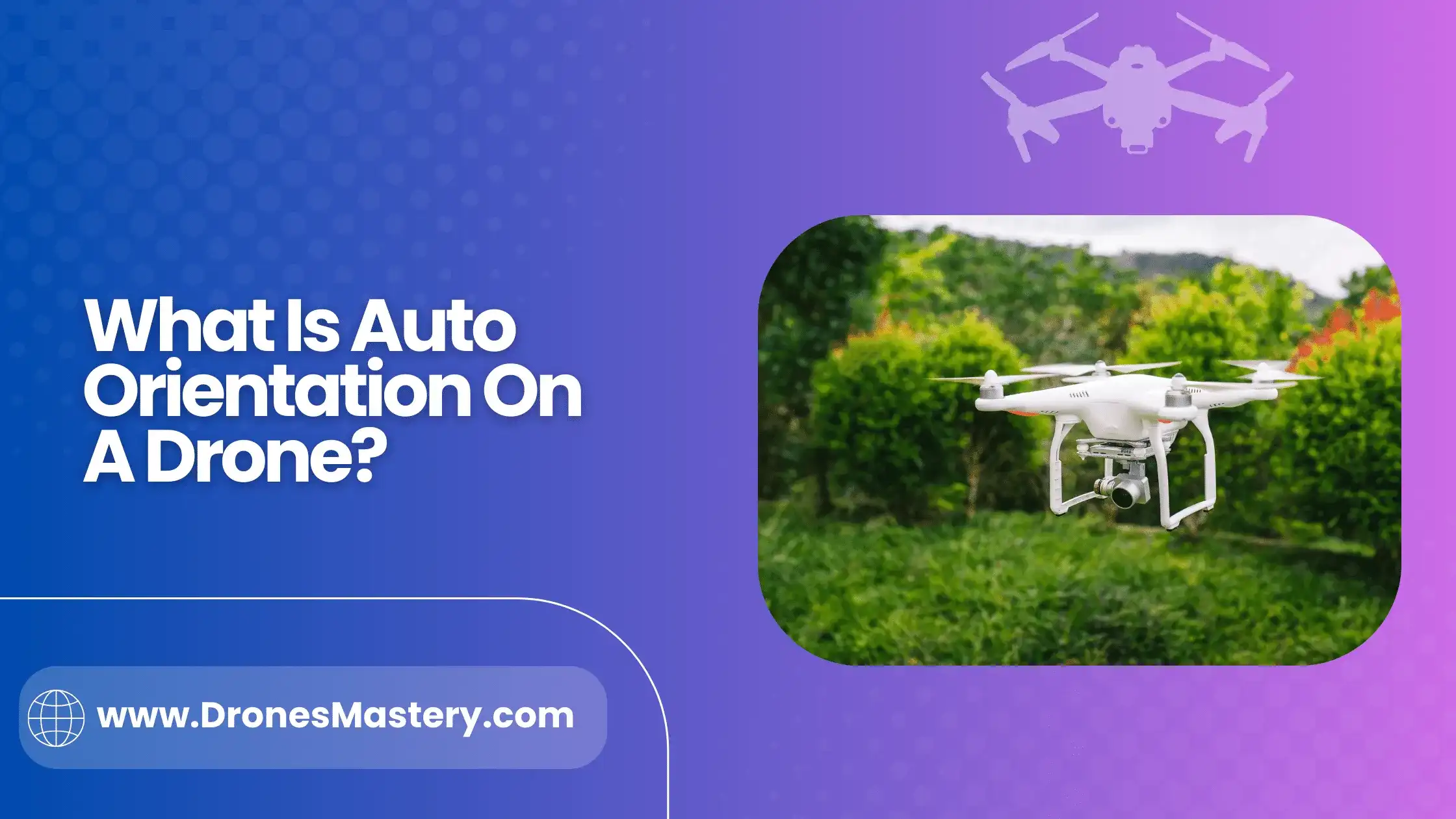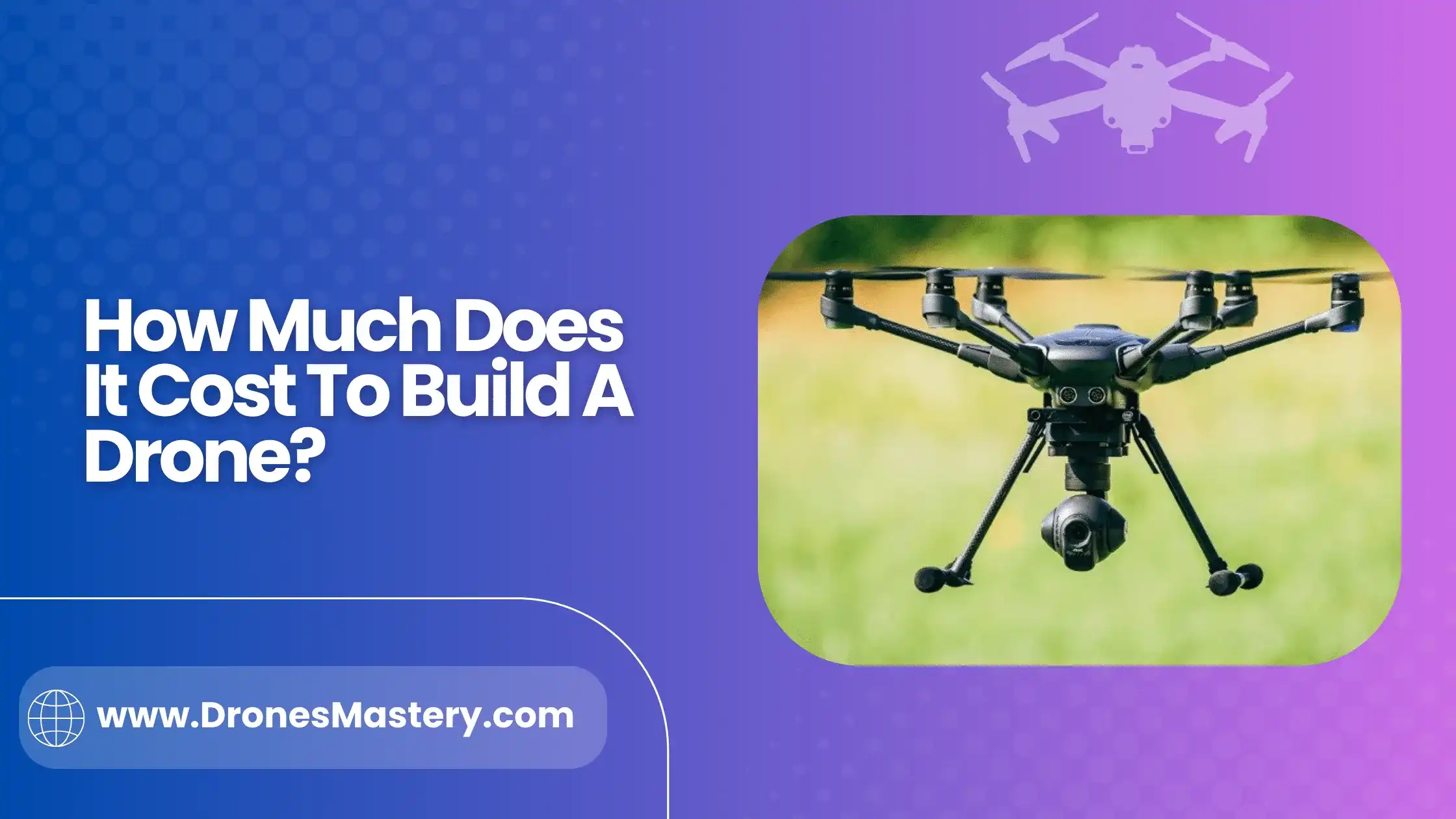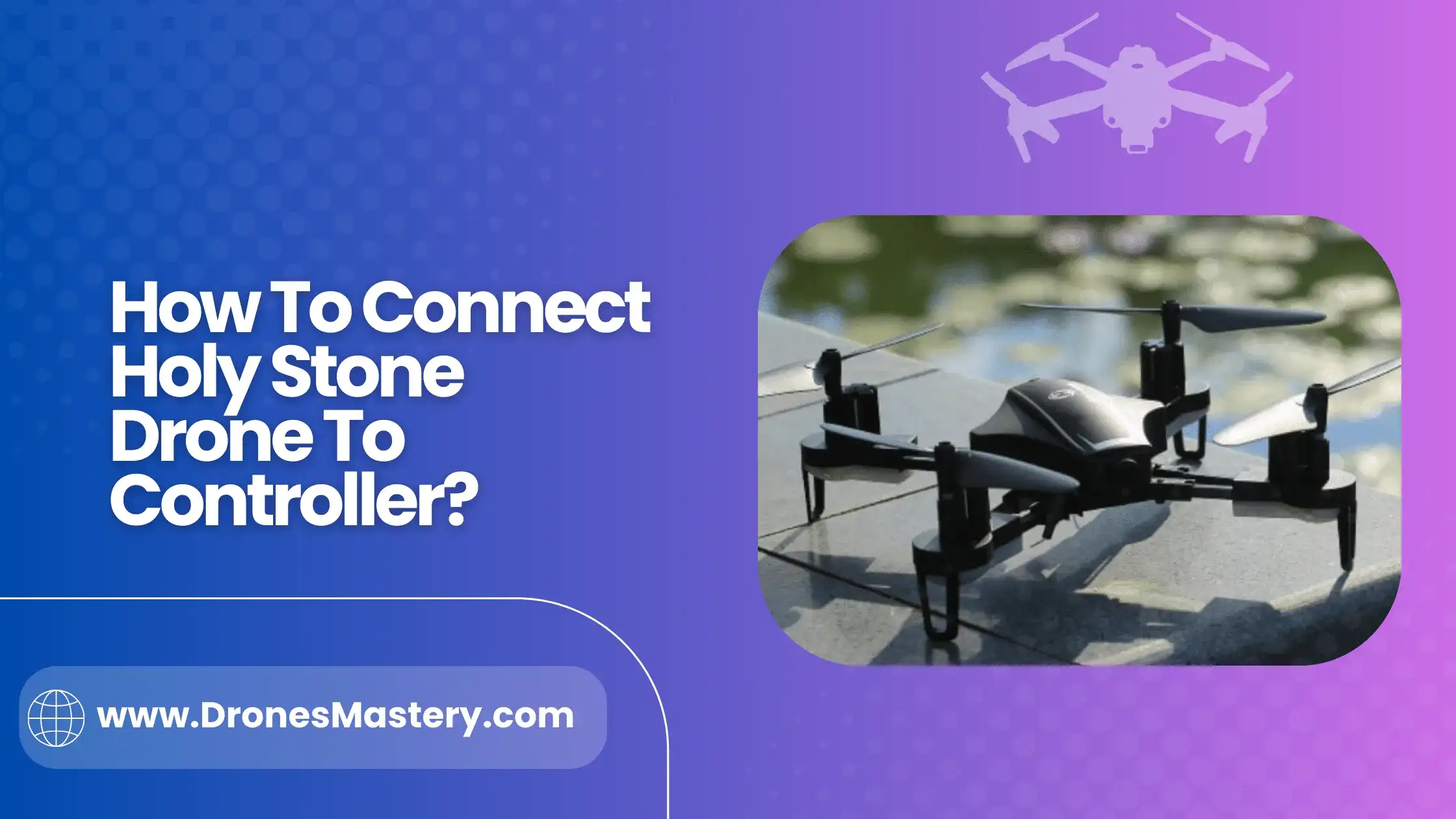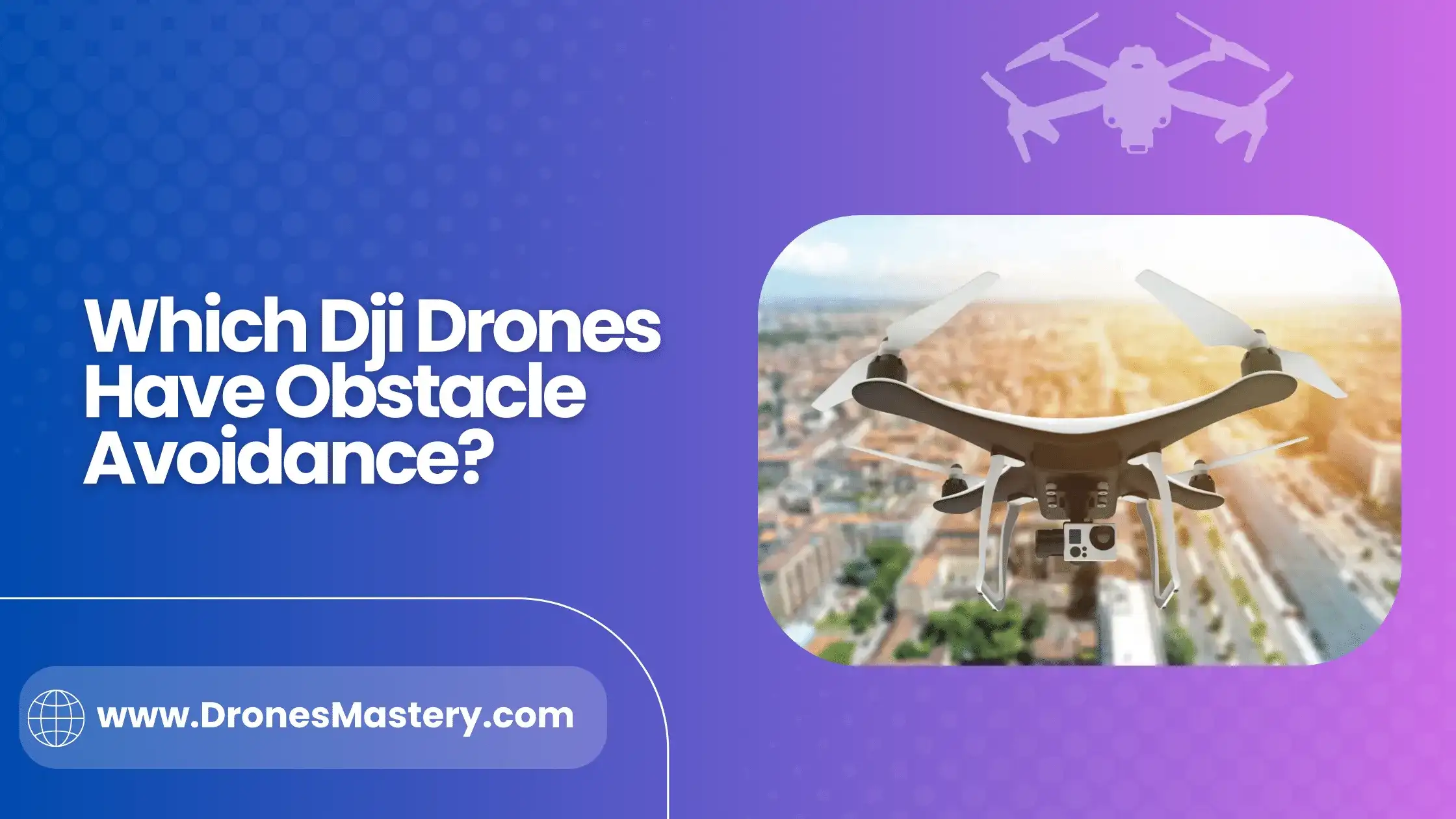If you’re an avid drone enthusiast looking to take your flying skills to the next level, then you’ve likely heard about First-Person View (FPV) drones, powerful, technologically advanced gadgets that enable pilots to experience the thrill of immersive flight through a real-time video feed.
FPV drones are essential for serious racing competitors or those hoping for breathtaking aerial cinematography; however, many potential users don’t know how much they cost.
We’ll discuss all aspects of FPV drone pricing from what basic models will run you to tips on finding great deals and building cost-effective set-ups. Drones have gone a long way since their military origins, and the cost of military drones has altered as well.
Generally, you can find FPV drones in a wide price range, starting from around $200 to several thousand dollars.
What Will Be The Cost To Build An FPV Drone?
Building your own first-person-view (FPV) drone is an exciting and rewarding experience, but it also demands a significant time and cost investment. The cost of building an FPV drone might vary substantially based on the type of drone you want to build, as well as the quality and specifications of the components used.
We will break down the essential components of an FPV drone and present a preliminary estimate of its pricing in this tutorial to give you an idea of how much it may cost to build your own FPV drone.
Frame:
Your drone’s foundation should be a sturdy and lightweight framework that can endure the pressure of high-velocity flying. The cost of a frame can range from $20 to $150, depending on the quality and material used.
Flight Control Officer:
The flight controller serves as the “brain” of your drone, managing the motors as well as the rest of the drone’s components. A quality flight controller might cost anywhere between $20 to $200, depending on its capabilities and features.
Motors:
The propellers are powered by motors, which lift the drone off the ground. The price of the motor might range from $20 to $50 per motor, but you should expect to pay somewhere in the middle.
Electronic Speed Controllers:
ESC is a type of electronic speed controller. The ESCs regulate the speed of the motors and ensure that they are operating at the proper pace. ESCs can cost anything from $10 to $40 per ESC.
Propellers:
Propellers come in a variety of sizes and forms, so selecting the correct propellers for your drone’s frame and motor combination is critical. Propellers are normally priced between $5 and $15 for each set.
Batteries:
The battery powers the drone and determines its flying time. A high-quality battery can range in price from $20 to $100, depending on capacity and brand.
FPV Camera:
The FPV camera is in charge of sending a live video feed to your goggles or monitor. A high-quality FPV camera might cost anything from $30 to $100.
VTX (Video Transmitter):
The VTX sends the camera’s live video feed to your goggles or monitor. A VTX might cost anything from $20 to $50.
FPV Goggles:
FPV goggles are used to watch the camera’s live video stream. Depending on the quality and functionality, FPV goggles can cost anywhere from $50 to $500.
FPV Drone Buying Guide:
When purchasing an FPV drone, there are several factors to consider:
Battery Type:
The battery type you choose for your drone should depend on several factors, including the size and weight of the drone, as well as how long you plan to fly it. Many drones come with built-in rechargeable batteries that last about 20 minutes per charge. There are also other options such as LiPo batteries that are lightweight and offer longer flight times.
Camera Quality:
Camera quality is essential when it comes to FPV drones, as the camera is what allows you to capture stunning aerial footage. Look for a drone with an HD camera that can shoot at least 1080p resolution. Some higher-end models come with 4K cameras, which should give you the best quality footage possible.
Flight Modes:
Another important factor to consider is the flight modes available on your drone. Most drones offer two basic flight modes: manual and automatic. Manual mode allows for more control over each maneuver, while automatic mode takes care of everything for you. Some models also offer advanced flight modes like “Follow Me” and “Gesture Recognition,” which can be great for getting creative with your footage.
Price:
Price is also a major factor to consider when buying an FPV drone. You’ll usually find that the higher-end models come with more features and better performance, but they will often cost more. It’s important to balance price and features to get the best value for your money.
Other Factors:
In addition to the factors listed above, there are other features you should consider when buying an FPV drone. This includes factors such as design, range, durability, and customer support. Doing your research ahead of time will help you make an informed decision and get the best drone for your needs.
Conclusion:
To sum it all up, the cost of getting a drone can vary greatly. Your budget and intended usage will be factors in determining how much to spend, and when shopping you need to consider the necessary accessories. And remember, it’s always better to spend correctly on something that gives lasting results such as drones in order to obtain years of enjoyment from it.
So take your time researching the different types of FPV drones available and find the one that fits your budget today. Whether you decide on an economical model or go for one with all the bells and whistles, you’ll definitely get something worth every penny!







